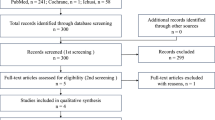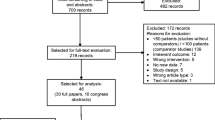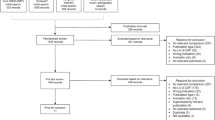Abstract:
General design: Presentation of a novel study protocol to evalue the effectiveness of an immune modifier (rhG-CSF, filgrastim): prevention of postoperative infectious complications and sub-optimal recovery from operation in patients with colorectal cancer and increased preoperative risk (ASA 3 and 4). The rationale and hypothesis are presented in this part of the protocol of the randomised, placebo controlled, double-blinded, single-centre study performed at an - university hospital (n = 40 patients for each group).¶Objective: Part one of this protocol describes the concepts of three major sections of the study: - Definition of optimum and sub-optimal recovery after operation. Recovery, as an outcome, is not a simple univariate endpoint, but a complex construction of mechanistic variables (i.e. death, complications and health status assessed by the surgeon), quality of life expressed by the patient, and finally a weighted outcome judgement by both the patient and the surgeon (true endpoint). Its conventional early assessment within 14-28 days is artificial: longer periods (such as 6 months) are needed for the patient to state: "I am now as well as I was before". Identification of suitable target patients: - the use of biological response modifiers (immune modulators) in addition to traditional prophylaxes (i.e. antibiotics, heparin, volume substitutes) may improve postoperative outcome in appropriate selected patients with reduced host defence and increased immunological stress response, but these have to be defined. Patients classified as ASA 3 and 4 (American Society for Anaesthesiologists) and with colorectal cancer will be studied to prove this hypothesis. Choice of biological response modifier: - Filgrastim has been chosen as an example of a biological response modifier because it was effective in a new study type, clinic-modelling randomised trials in rodents, and has shown promise in some clinical trials for indications other than preoperative prophylaxis. It has also enhanced host defence and has been anti-inflammatory in basic research.¶Conclusion: The following hypothesis will be tested in patients with operations for colorectal cancer and increased preoperative risk (ASA 3 and 4): is the outcome as evaluated by the hermeneutic endpoint (quality of life expressed by the patient) and mechanistic endpoints (mortality rate, complication rate, relative hospital stay, assessed by the doctor) improved in the group receiving filgrastim prophylaxis in comparison with the placebo group? Quality of life will be the first primary endpoint in the hierarchical, statistical testing of confirmatory analysis.¶
Similar content being viewed by others
Author information
Authors and Affiliations
Additional information
Received 26 July 2000; returned for revision 20 September 2000; accepted by E. Neugebauer and M.J. Parnham 2 November 2000
Rights and permissions
About this article
Cite this article
Lorenz, W., Stinner, B., Bauhofer, A. et al. Granulocyte-colony stimulating factor in the prevention of postoperative infectious complications and sub-optimal recovery from operation in patients with colorectal cancer and increased preoperative risk (ASA 3 and 4)¶ Protocol of a controlled clinical trial developed by consensus of an international study group¶ Part one: rationale and hypothesis. Inflamm. res. 50, 115–122 (2001). https://doi.org/10.1007/s000110050734
Issue Date:
DOI: https://doi.org/10.1007/s000110050734




